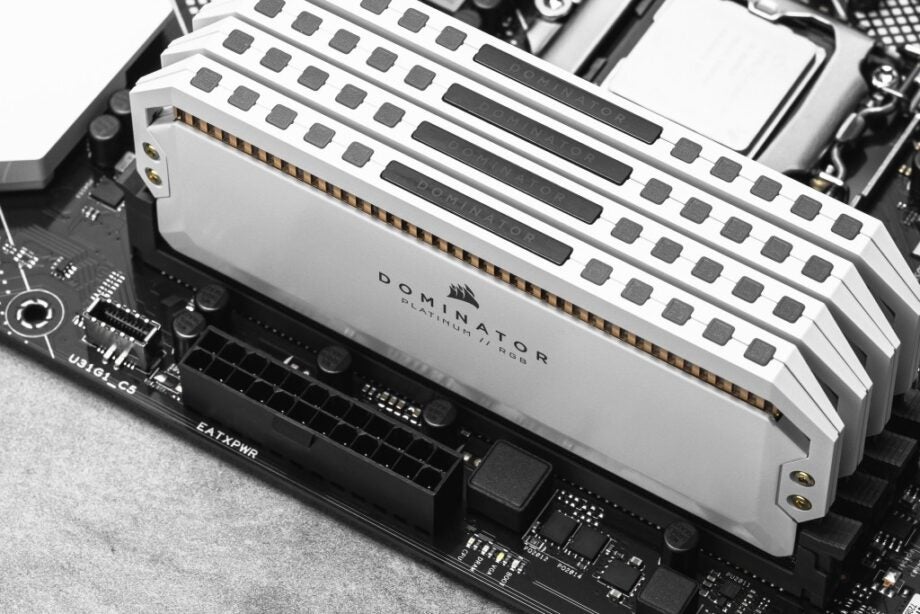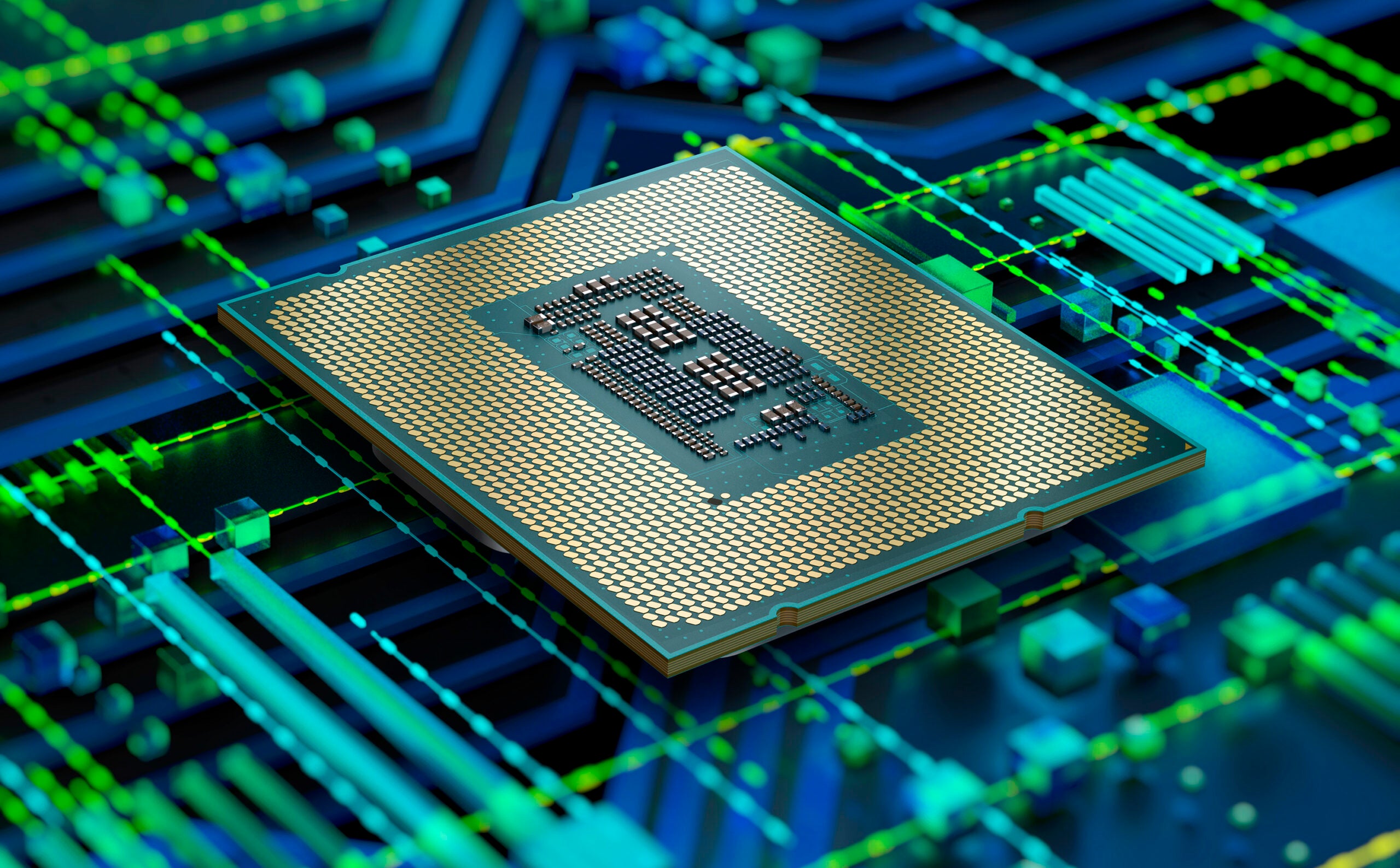What is DDR5? The latest generation of RAM explained

The latest processors from Intel and AMD offer support for DDR5 RAM, but what exactly is it?
The 13th-generation Intel Core and AMD Ryzen 7000 Series processors support DDR5 RAM, the newest generation of PC memory that took over from DDR4. And while having the latest technology is usually always a good thing, how does DDR5 actually affect your PC’s performance, and why should you invest in it?
Keep scrolling to find out everything you need to know about DDR5 RAM and how it can impact your PC setup.
What is DDR5 RAM?
DDR5 took over from DDR4, and is a type of RAM (or memory) in a PC.
The standard was released in July 2020 and has been creeping its way into the tech world over the last three years, popping up on more and more technology thanks to its advantages over DDR4.
What are the benefits of DDR5 over DDR4?
Despite the higher price point of DDR5, it has many benefits when compared to DDR4. Firstly, it provides up to twice the bandwidth as its predecessor which results in faster processing. This is vital for all types of workloads, from having multiple web browsers open to gaming. Those who engage in memory-intensive applications, such as 3D tools and video editors, should see performance benefits by upgrading to DDR5.
Currently, DDR5 supports speeds up to 8400MHz, with higher speeds expected to come in the future. In comparison, you won’t find DDR4 speeds that exceed 5000MHz, proving DDR5 to be the speedier option.
Moreover, DDR5 uses a lot less power than DDR4; the latest iteration uses 1.1V instead of 1.2V. While 0.1V may not sound like a huge leap, it results in a 20% reduction in power, making it the more power-efficient option overall and cheaper to run over a long period of time when compared to DDR4.
How much memory capacity does DDR5 have?
DDR5 RAM has a lot more memory capacity than some people may be used to; DDR5 can accommodate up to 128GB of memory capacity per module. This means that a new system with four DDR5 DIMM slots can reach 512GB of memory, which is a massive amount and more than enough for both gamers and creative professionals.
While not everyone will need to hit that ceiling, it’s important to understand the full capacity of DDR5. That high memory capacity also should help future-proof many new PCs, as you should not have to worry about upgrading your RAM anytime soon after.
Which processors support DDR5 RAM?
Currently, three generations of processors have support for DDR5 RAM. These include both the 12th and 13th generation of Intel Core processors, codenamed Alder Lake and Raptor Lake, respectively. AMD has now released a family of processors that are compatible with DDR5, the Ryzen 7000 Series.
It’s also important to note that you will need a motherboard that supports DDR5 since these newer processors only support motherboards with a DDR5 slot. This can make upgrading a costly endeavour, however, it may be worth it if you’re after more performance power.








